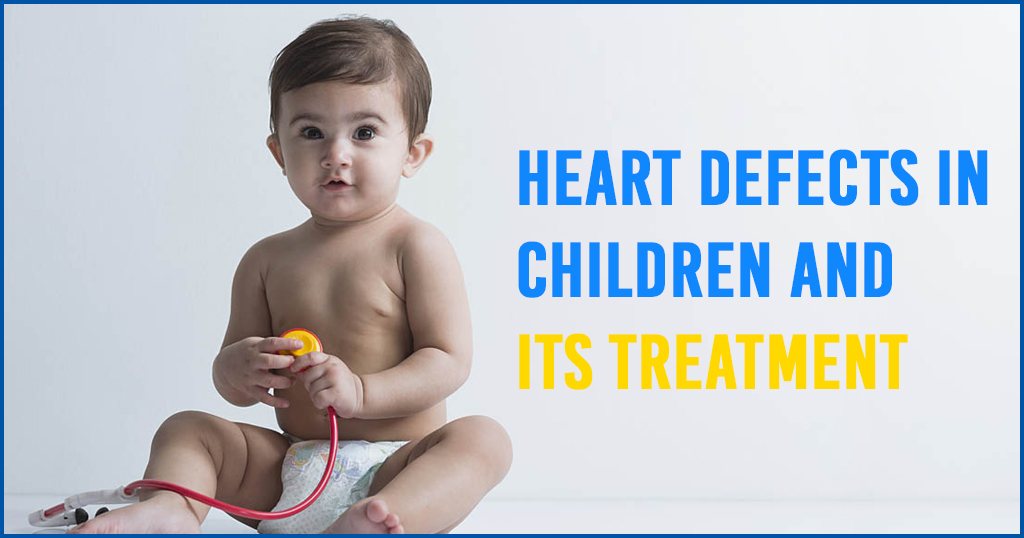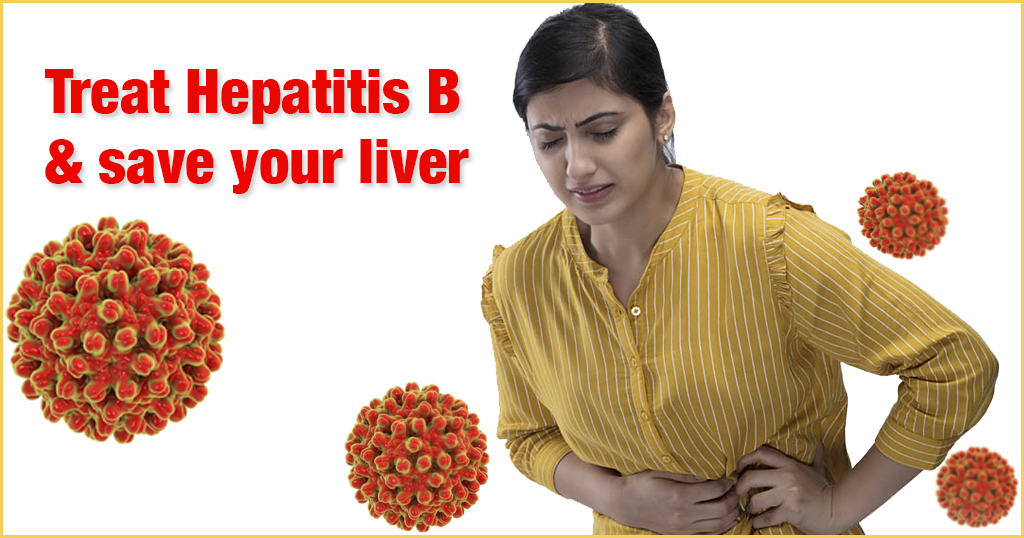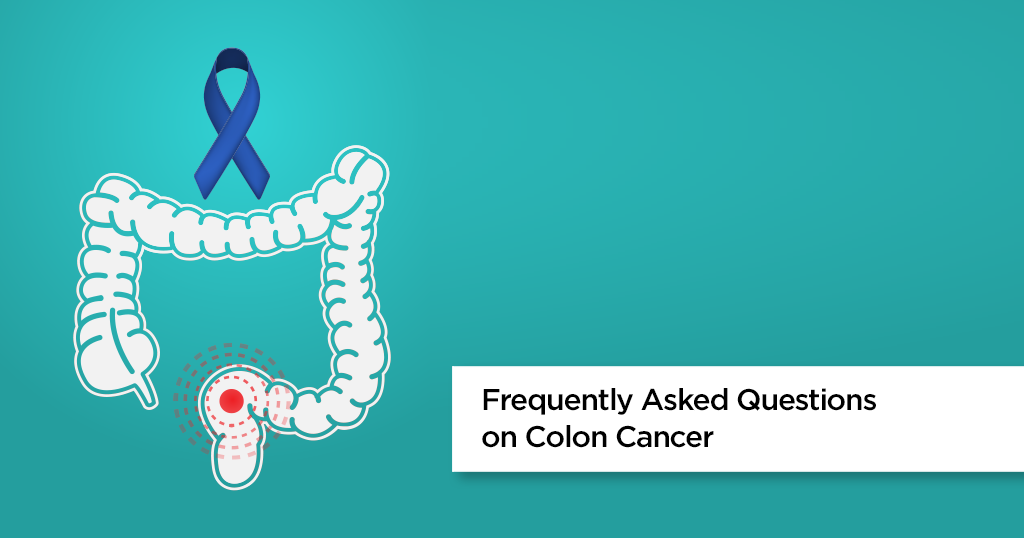Congenital Heart Diseases


What are birth defects in the heart?
Birth defects in the heart or Congenital Heart Diseases are a group of gross structural abnormality in the heart that is present at birth and manifest at any stage immediately after birth or during childhood.
How common are Congenital Heart Diseases?
Out of every 1000 new-born, about 8 neonates are born with Congenital Heart Diseases. As the most commonly occurring congenital disorder, Congenital Heart Disease is responsible for 28% of all congenital diseases. With this incidence, about 1.35million babies are born with Congenital Heart Disease every year globally.
What are the types of Congenital Heart Disease?
There are various types of congenital heart diseases but are broadly divided into two categories as cyanotic and acyanotic heart diseases. The babies with cyanotic heart diseases present with severe cyanosis (bluish discolouration of the body) and acyanotic presents without cyanosis. Acyanotic diseases represent almost 2/3rd of total congenital heart diseases.
They can be genetic, due to intake of medication, alcohol or drug abuse during pregnancy or various viral infection during pregnancy.
When did these kids present with symptoms to a doctor?
Most of the patients become symptomatic immediately after birth or at any stage during the first year of life. Few of them present at a later stage during childhood or at an adult stage too.
How can we detect a cardiac problem in a small child?
Most of the children with heart disease presents with shortness of breath, fast breathing, poor feeding, poor weight gain, bluish discolouration of skin, nail beds, lips, under surface of tongue, repeated cough, cold, fever, multiple hospitalisation with chest infection or Pneumonia, unable to suck breast milk, sweating over the forehead during feeding. The symptoms can present in isolation or in combination. Sometimes even these kids remain asymptomatic.
Most of them are diagnosed by ECG, Chest X-ray and Echocardiography. Few cases where echocardiography does not provide complete information, CT Angiography or Cardiac catheterization is the alternative modes of diagnosis.
What is the earliest stage for detection of congenital heart disease?
A-These diseases are can be detected as early as during pregnancy. There is a test known as Fetal Echocardiography. It is done by experienced Paediatric Cardiologist. It is done on pregnant mothers at 18th to 24th weeks of pregnancy and if required, can be repeated at the 28th week of pregnancy. It is indeed a very safe procedure. Detection of heart problem in the fetus at this stage gives the flexibility of planned delivery and immediate treatment at a tertiary hospital after delivery.
Can the treatment be offered to cure these kids?
Yes. Two third patients can be treated. They can be cured and lead a normal life after treatment. The other third (complex congenital heart diseases) can be palliated to give them a better quality of life and near normal life expectancy.
What type of treatment is offered to these children?
They are treated by either closed heart surgery or open heart surgery. Sometimes, it can be treated with interventions without surgery.
How risky are open heart surgeries in babies?
Of course, the risk of open heart surgery in children is higher than adults. But with advanced technology and science, the mortality and morbidity have reduced significantly. On average, the risk of surgery ranges from 1% to 10%.
What type of lifestyle these kids lead in future after their treatment?
Majority of them lead a normal life and they can actively participate in sports, academics, etc as their disease gets cured at a very early stage of growth-phase after treatment.
What is the ideal age of treatment of these babies?
They can be treated immediately after birth up to any age, depending on the subset of disease they are suffering from. Most of them are treated during the first year of life.
© Copyright 2024. Apollo Hospitals Group. All Rights Reserved.
 +91 8069991061
Book Health Check-up
+91 8069991061
Book Health Check-up







